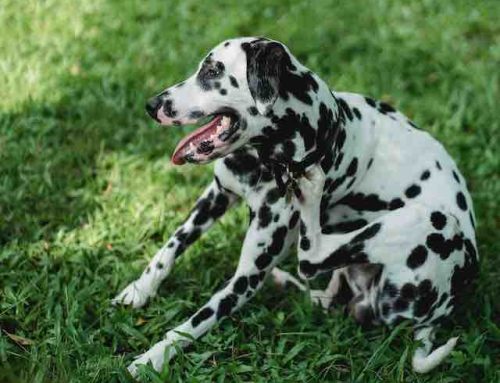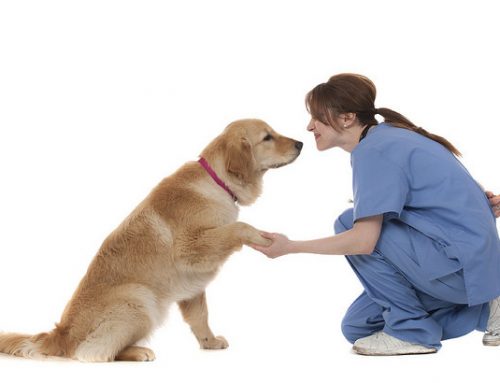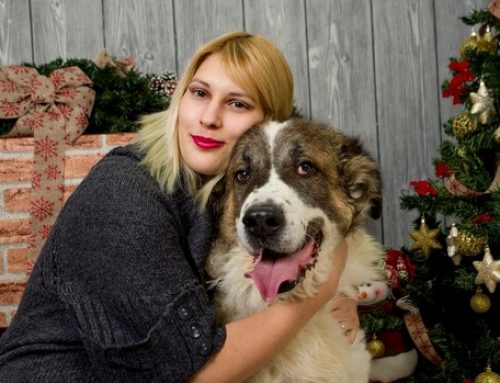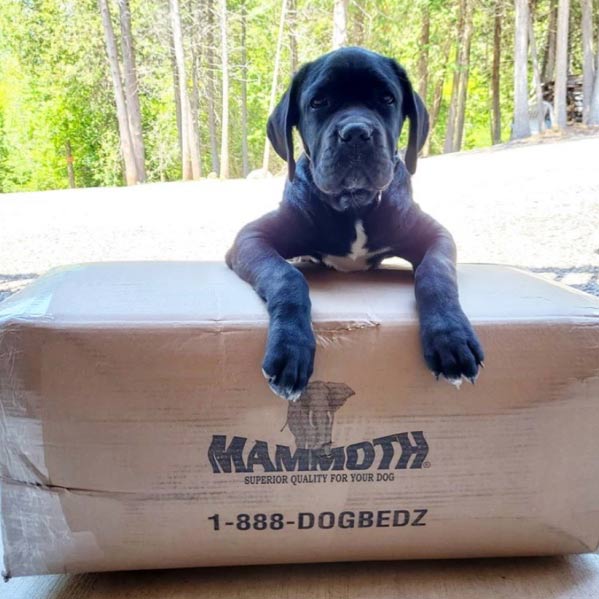How To Protect Your Dog From Freezing
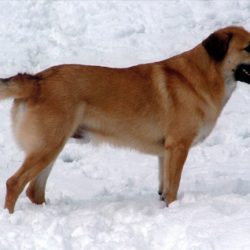
Please do not believe that just because they have fur they’ll be warm. We need to protect our beloved fur-balls from the cold weather just as much as we need to protect ourselves.
Small dogs, those with short legs and short-haired dogs are very vulnerable to the cold weather, but don’t let those dogs with long hair or thick coats fool you. Although they may be able to withstand exposure to the cold a little bit longer than the dogs with short hair, that are low to the ground and/or are small, they too can suffer from exposure. Just like us, dogs can get frostbite and hypothermia and we need to protect them from it.
Frostbite occurs when the skin freezes. Watch for frostbite on the tail, ear tips, pads of the feet, and scrotum. These parts are more susceptible as they are not very well protected.
Be aware that frostbitten skin isn’t always that obvious. The area gets pale, grey or even bluefish and becomes hard to the touch. As the skin thaws it becomes red, is very painful and the affected area gets swollen. Blisters and ulcers may also be present. In severe cases the skin will turn black and can shed. The entire process may occur over the course of one to three weeks. If you suspect frostbite, NEVER use hot water on the affected area only use warm water. Soak the area until it becomes flushed, never rub or massage the area and handle with extreme care. Take your dog to your vet for further examination and treatment.
Hypothermia is having an abnormally low body temperature, typically one that is dangerously low. The normal body temperature for a dog is between 100°F to 102.5°F (about 38°C to 39.2°C). Hypothermia is caused by extended exposure to the cold, wet fur or skin and submersion in cold water. If your dog is suffering from hypothermia he will experience uncountable shivering, have shallow and slow breathing, appear pale, have frostbite, become lethargic, listlessness and unresponsive. You should warm some blankets in the clothes dryer as soon as possible and wrap him in them, put a hot water bottle wrapped in a towel against the dog’s abdomen (never put an unwrapped hot water bottle on your dog’s bare skin it will burn him), give him warm water to drink and every 10 minutes check his temperature and if it is below 98°F (36.7°C), get him to the vet immediately. Once his temperature is above 100°F ( 37.8°C), you can remove the hot water bottle to avoid overheating, keep him in a warm room and continue to monitor his temperature.
As a responsible owner, take cautionary measures for keeping your dog warm when outside in cold weather. Jackets of all materials, sizes and colours are available at most stores that sell pets supplies, not just at the pet store. You are also able to buy booties that are designed to protect your dog’s paws. However, keep in mind that even outfitted for the cold, your dog is still vulnerable. Some dogs just won’t wear booties so watch for lameness, cracked paws and bleeding. Be sure to heed the winter weather warnings and keep walks and outdoor playtime to a minimum. Instead of playtime outside, let them curl up toasty warm in their Mammoth bed with their favourite toy. The beds are big enough, you should crawl in for a snuggle too!
Stay warm!
about author

Mammoth has been manufacturing quality extra large dog beds since 1995 that come highly recommended.
subscribe to Our newsletter
Keep up on new events!




